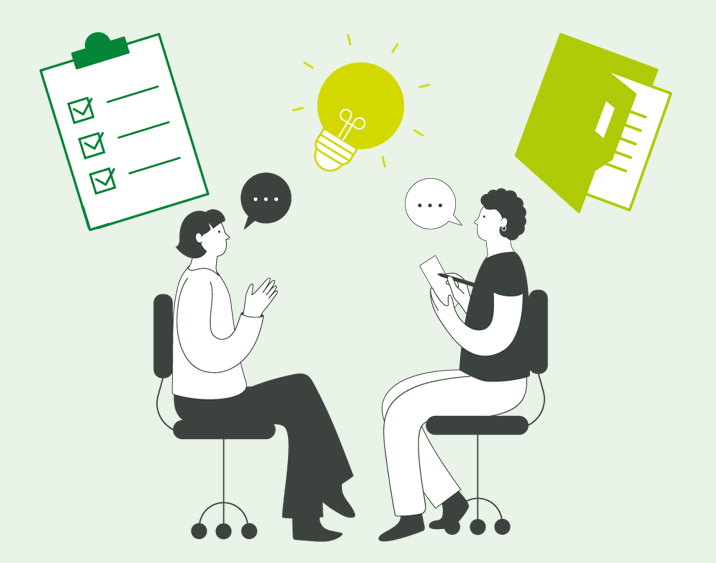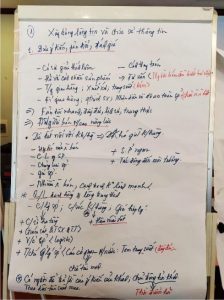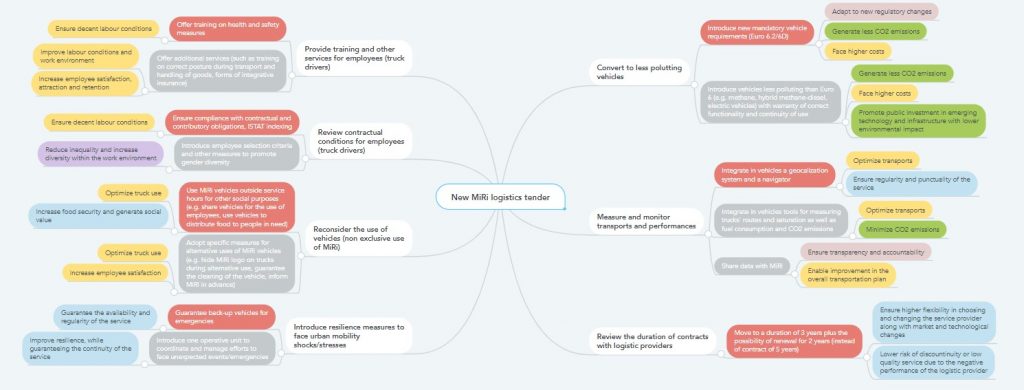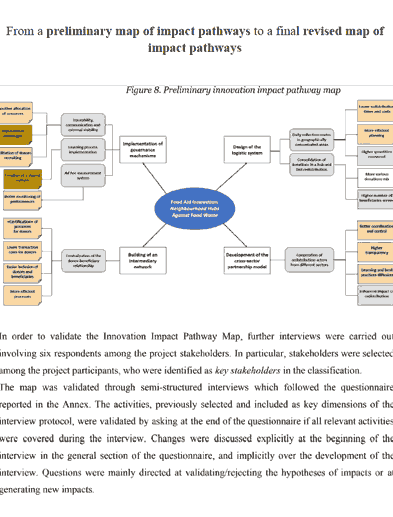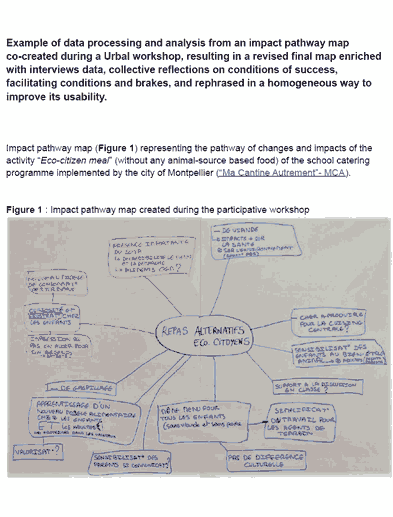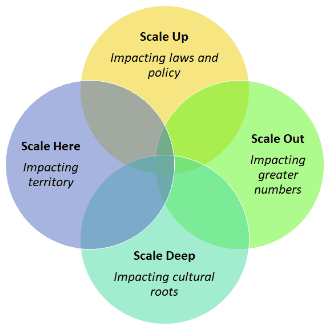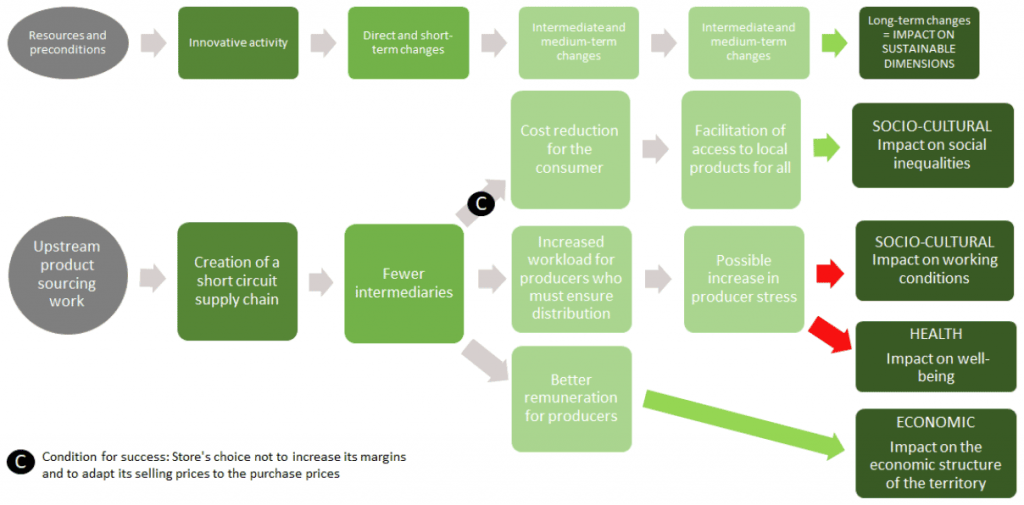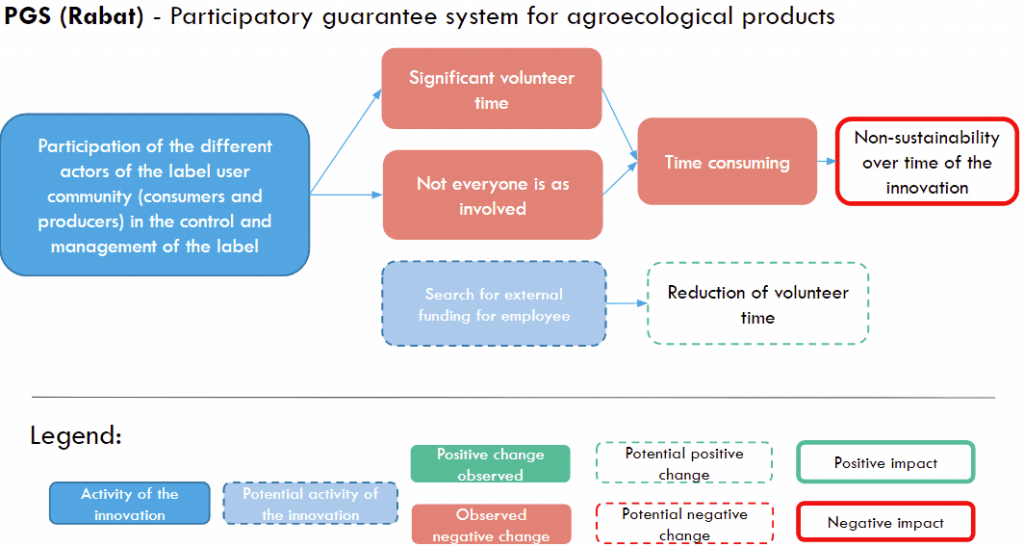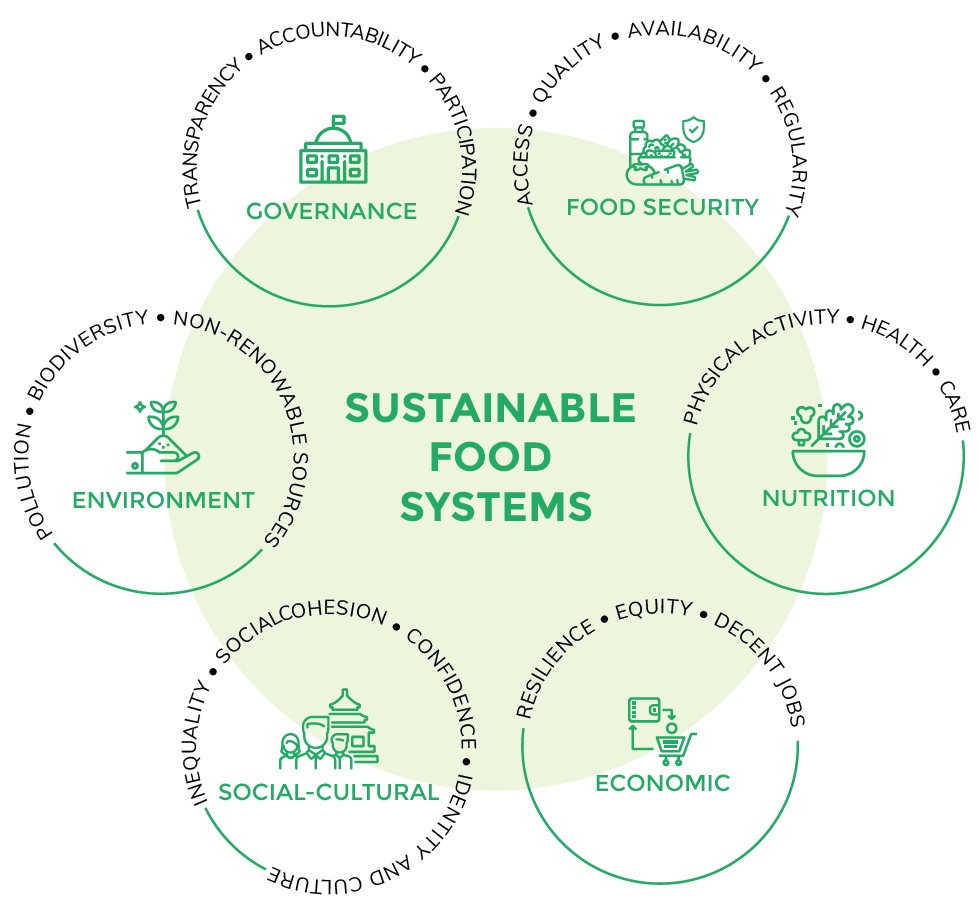The workshop and the interviews conducted in Step 1 have allowed you to collect raw and complex data. Coming out of the workshop in Step 2 you might have impact maps that display clear connections and pathways.
However, you also might also have simple lists, or a collection of changes that have come out of your discussions about the innovation without clearly identified connections, outputs, outcomes, or impacts.
The act of gathering and thinking about the innovation together is itself a contribution to developing insights and future thinking. It is important to have allowed the participants to collectively name and list the various changes produced by the innovation as part of the thinking behind developing more detailed impact pathway maps that connect activities to changes, outcomes, and impacts.
If you find yourself with lists or preliminary impact pathway maps, you and a smaller group of participants and/or experts can develop impact pathway maps. If possible, you can share these online or in-person with workshop participants for input and further reflections.
Suggested process for Step 2:
There are a few steps you can follow to make your data easier to turn into and/or add to your impacts pathway maps (refer to ‘Data Refinement Process’ below). To begin, ou will need to digitise the data using mind mapping software (for example https://app.diagrams.net or Canva), Excel, PowerPoint, or your preferred data management software. If needed, you can add to the data if you have an audio recording or notes from the workshop.
Then, you will clean, elaborate, edit, and organize your data so it can be used to distinguish activities and the related changes (short term), outcomes (medium term), and impacts (longer term).
Data Refinement Process:
Digitize: transfer your data to digital management or mapping software.
Clarify: make sure that the links between activities and changes are clear, logical, and justified.
Complete: identify the incomplete pathway(s) and, if possible, fill them in based on the information collected during the Workshop or Step 1 Interviews. Make sure to clearly state where inputs come from so the pathways are as clear as possible.
Clean: Remove any incomplete information and merge redundant information.
Harmonize: Edit the text so it flows smoothly.
Synthesize: Highlight the most relevant, important, and unexpected impact pathways as well as levers and impediments so you have impact pathway maps for each activity.
Repeat this process as many times as needed to develop clear impact pathway maps. These stages will help you refine the results so you have clear impact pathways maps for each activity. Once you have clear maps, you can share the results with participants.
The final result will depend on the time you can dedicate to this task, and on what you want to do with the results. For example, if you plan to use the results for internal communication, you might not spend so much time as if you plan to share the results with a wider audience, or to use them as a communication tool.




